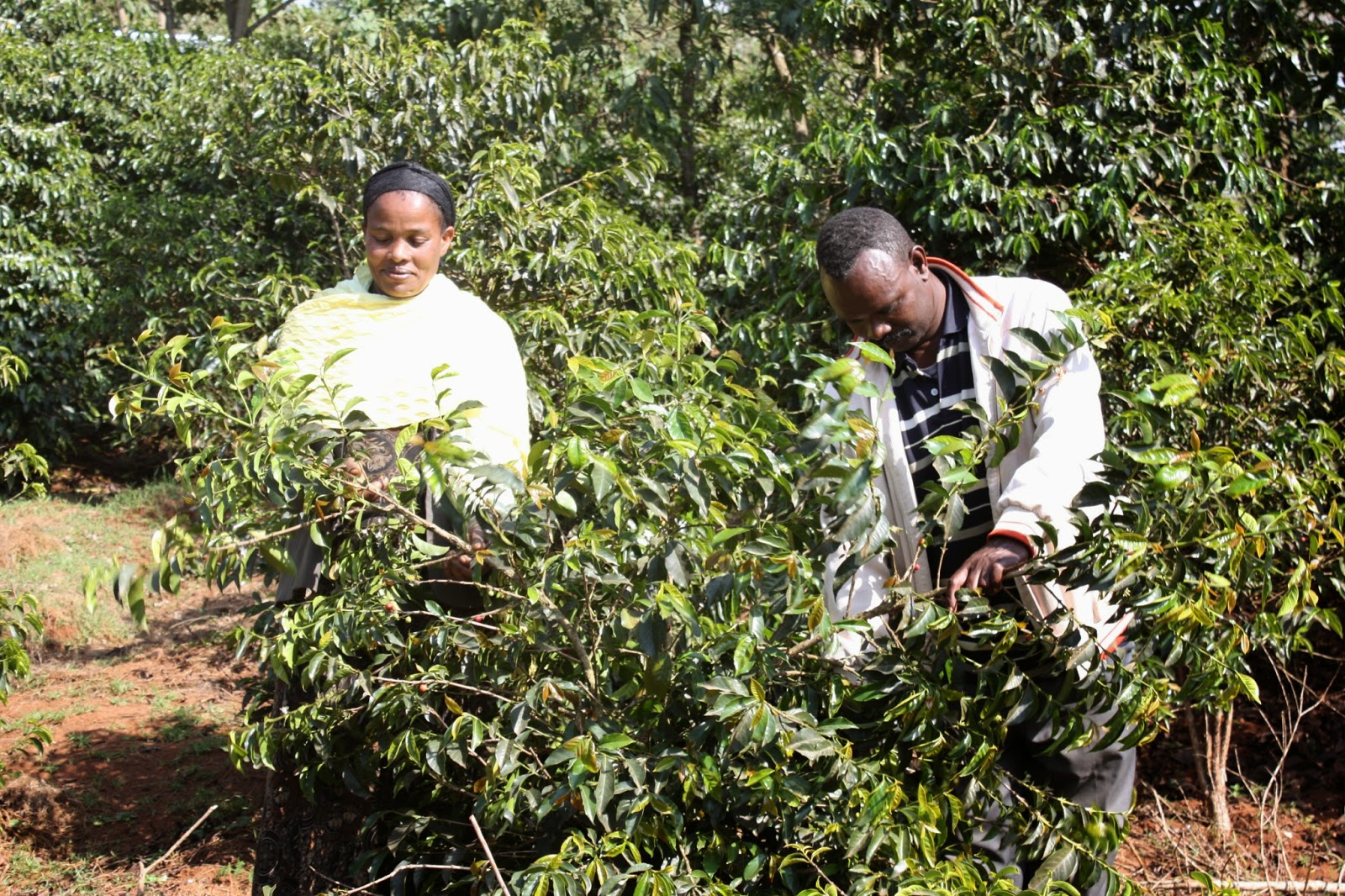ሂውማን ፓፒሎማ ቫይረስና መዘዙ

ጽሁፉ ተገኘ ከ ኢዜኣ በእንዳለ ደበላ ሀዋሳ ኢዜኣ ተጻፈ ሂውማን ፓፒሎማ ቫይረስ የማህጸን በር ካንሰር በሽታ መንስኤ ነው። ቫይረሱ የግብረ ስጋ ግንኙነት ማድረግ የጀመሩ ሴቶችን በቀላሉ የሚያጠቃ ነው።� በቫይረሱ የተጠቃች አንዲት ሴት ምንም ዓይነት ምልክት ሳታሳይ ከ10 እስከ 20 ዓመት ድረስ ልትቆይ ትችላለች። አንዲት በዚህ ቫይረስ የተጠቃች ሴት ሰውነቷ በሽታን የመከላከል አቅም በሚዳከምበት ጊዜ ቫይረሱ ወደ ማህጸን ካንሰር የመቀየር እድሉ የሰፋ ይሆናል። ይህ ቫይረስ ወደ ካንሰርነት ከተቀየረ ምንም መድሃኒት የሌለው በመሆኑ በማህጸን በር ካንስረ የተያዘች ሴት መጨረሻዋ ሞት ይሆናል። ይህን የሞት አደጋ ለማስቀረት ደግሞ ያለው ብቸኛ አማራጭ ማንኛዋም የግብረ ስጋ ግንኙነት የጀመረች ሴት ቅድመ የማህጸን በር ካንሰር ምርመራ በማድረግ ምልክቱ ከተገኘባት ህክምና በመውሰድ ቫይረሱ ወደ ካንሰርነት ደረጃ እንዳያድግ ማድረግ ብቻ ነው። ብዙዎቻችን የህመም ስሜት ካልተሰማን በስተቀር የቅድመ ጤና ምርመራ ህክምና የማድረግ ልምድ አላዳበርንም። የሚሰማን የህመም ስሜትም ቢኖር እንኳን ካልተባባሰና ጉዳቱ ከፍ ካላለ በስተቀር በሀኪም ለመታየት አንፈልግም። የሚሰማን ህመም ተባብሶና ከፍተኛ ደረጃ ሲደርስ መንቀሳቀስ ሲያቅተን በድጋፍ ወደ ህክምና ማዕከላት እንሄዳለን። በዚህም ሳቢያ በቀላሉ ሊድን የሚችለው ህመም ብዙ ስቃይ አብዝቶብንና ኪሳችንን አራቁቶ ጉዳታችንን በአካልም ሆነ በኢኮኖሚ ያባብሰዋል። ይህ ሁሉ ከመሆኑ በፊት ግን ቢያንስ በዓመት አንደ ጊዜ አጠቃላይ የጤና ምርመራ ማድረግ እንዳለብን የህክምና ባለሙያዎች ይመክራሉ። የህክምና ባለሙያዎችን ምክር የሚሰሙ ግን ጥቂቶች ናቸው። እነዚህ ጥቂቶች በህክምና ባለሙያዎች የሚሰጠውን ምክር ሰምተው



